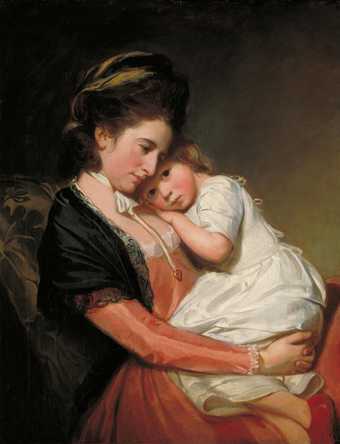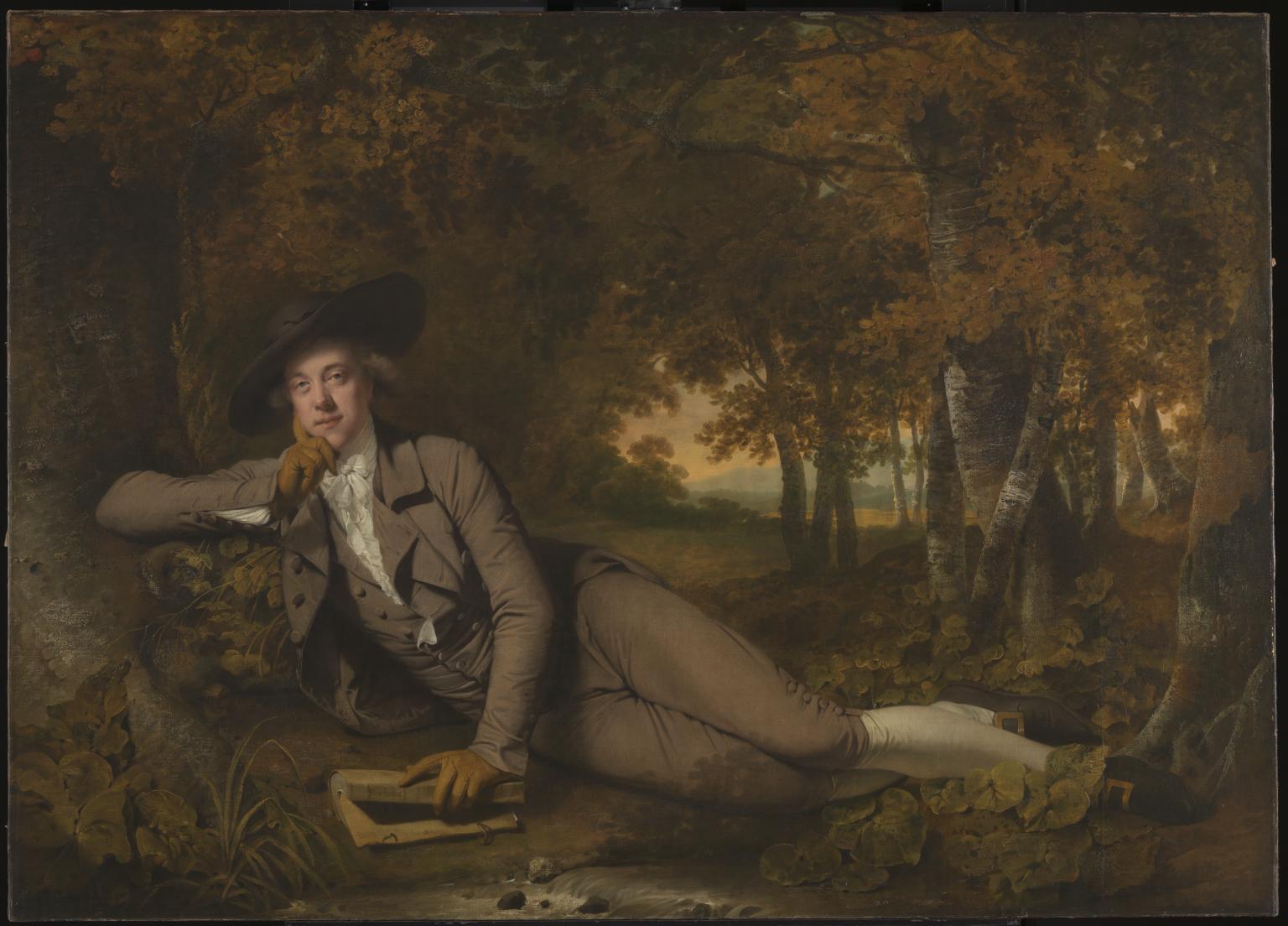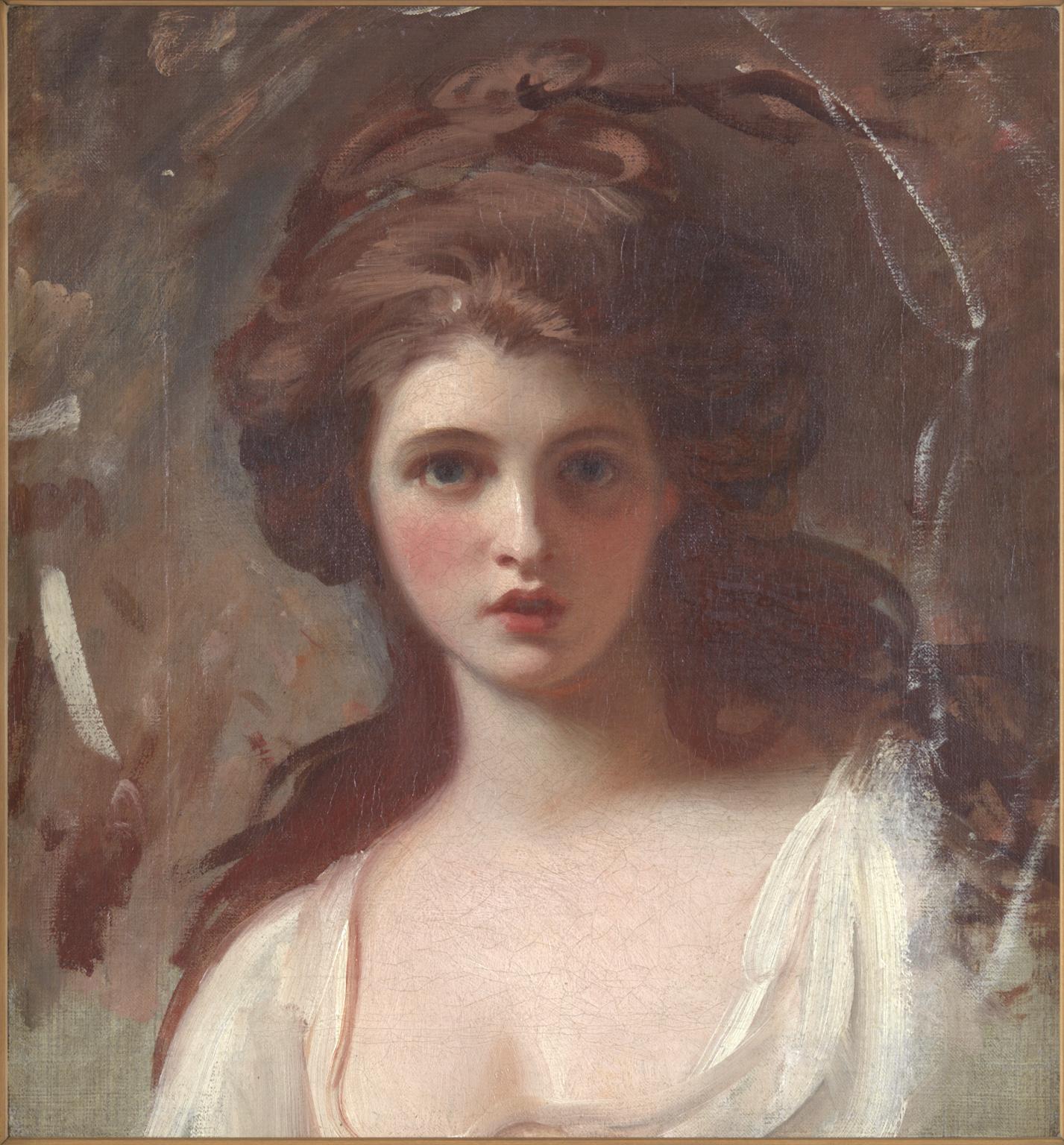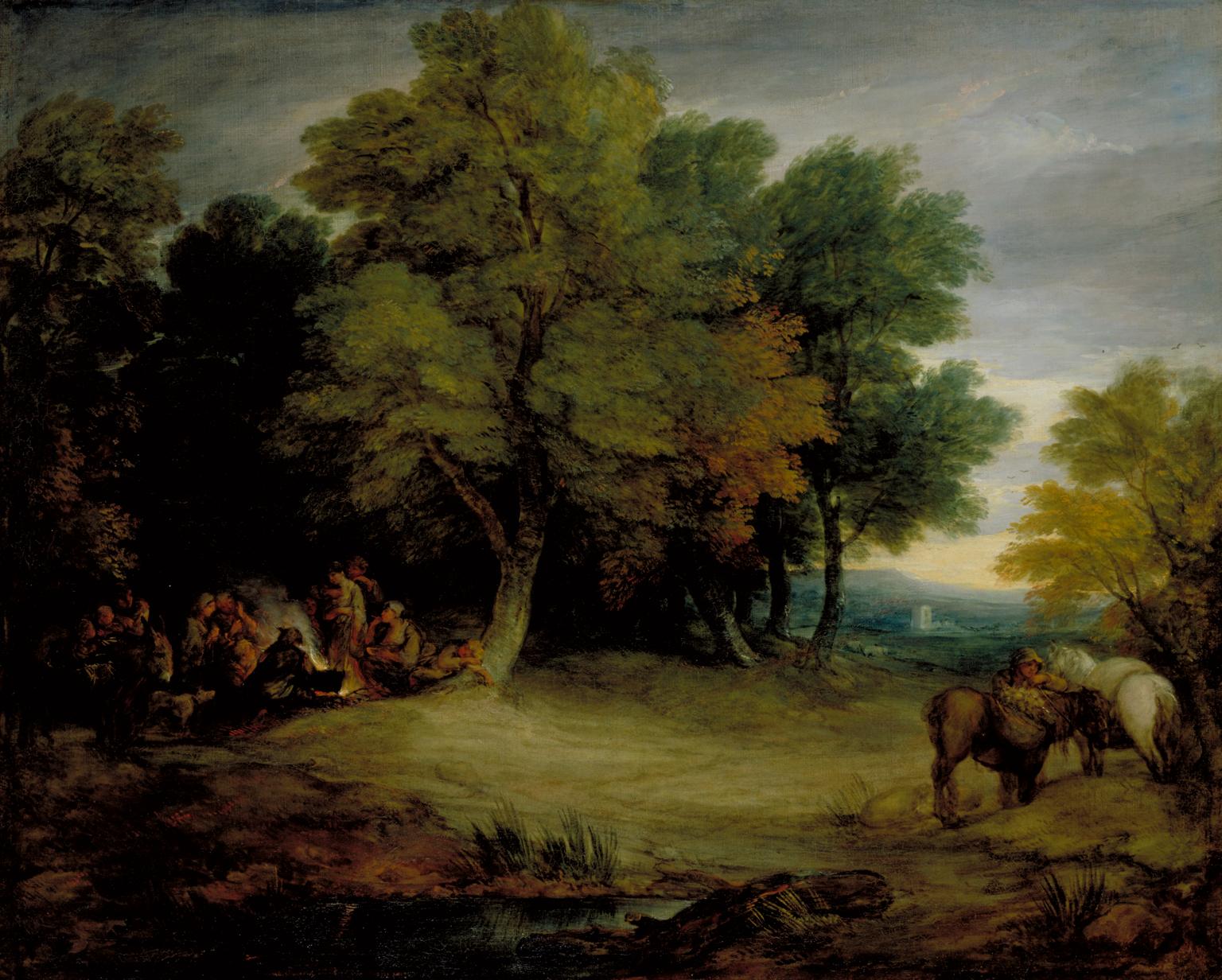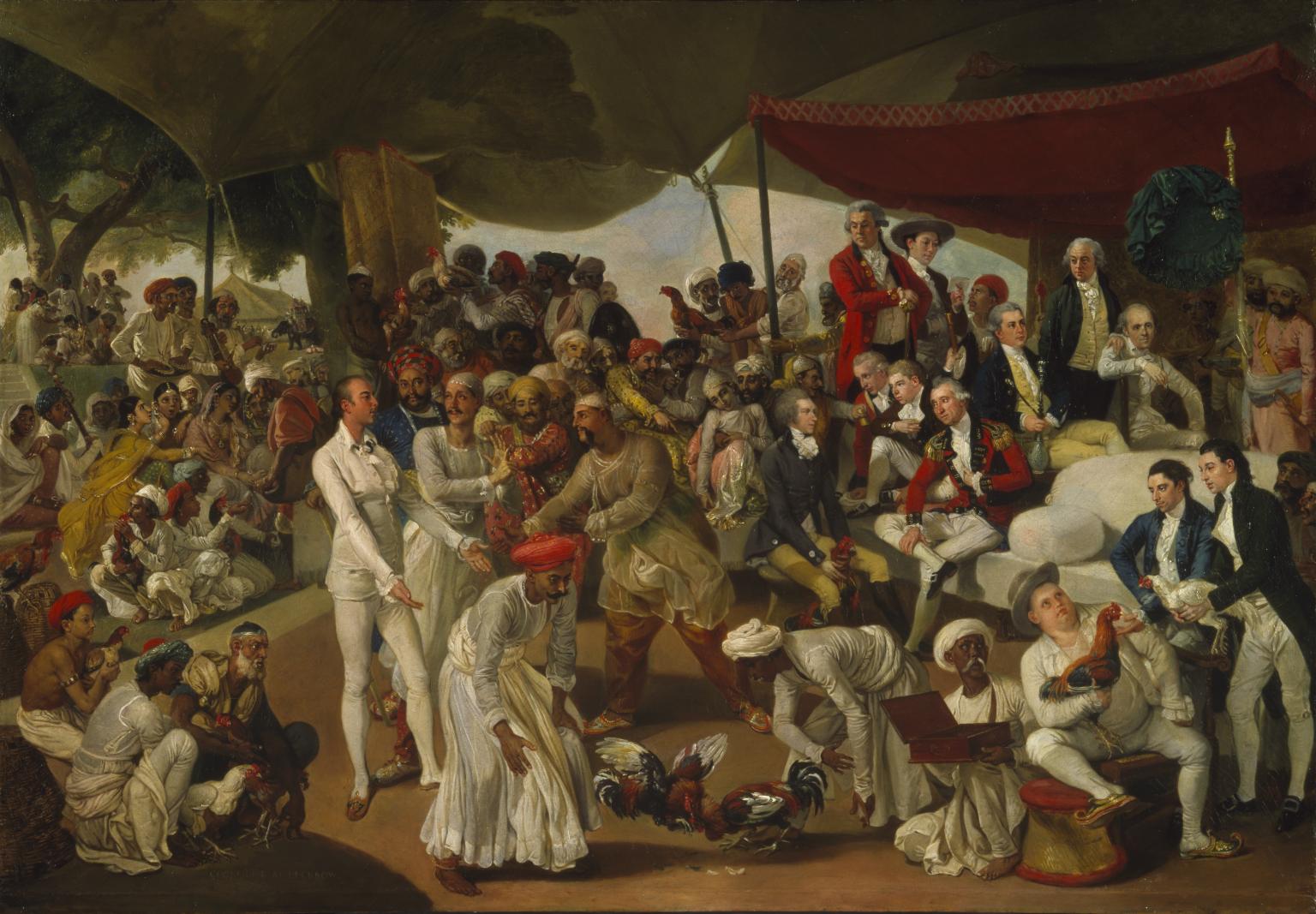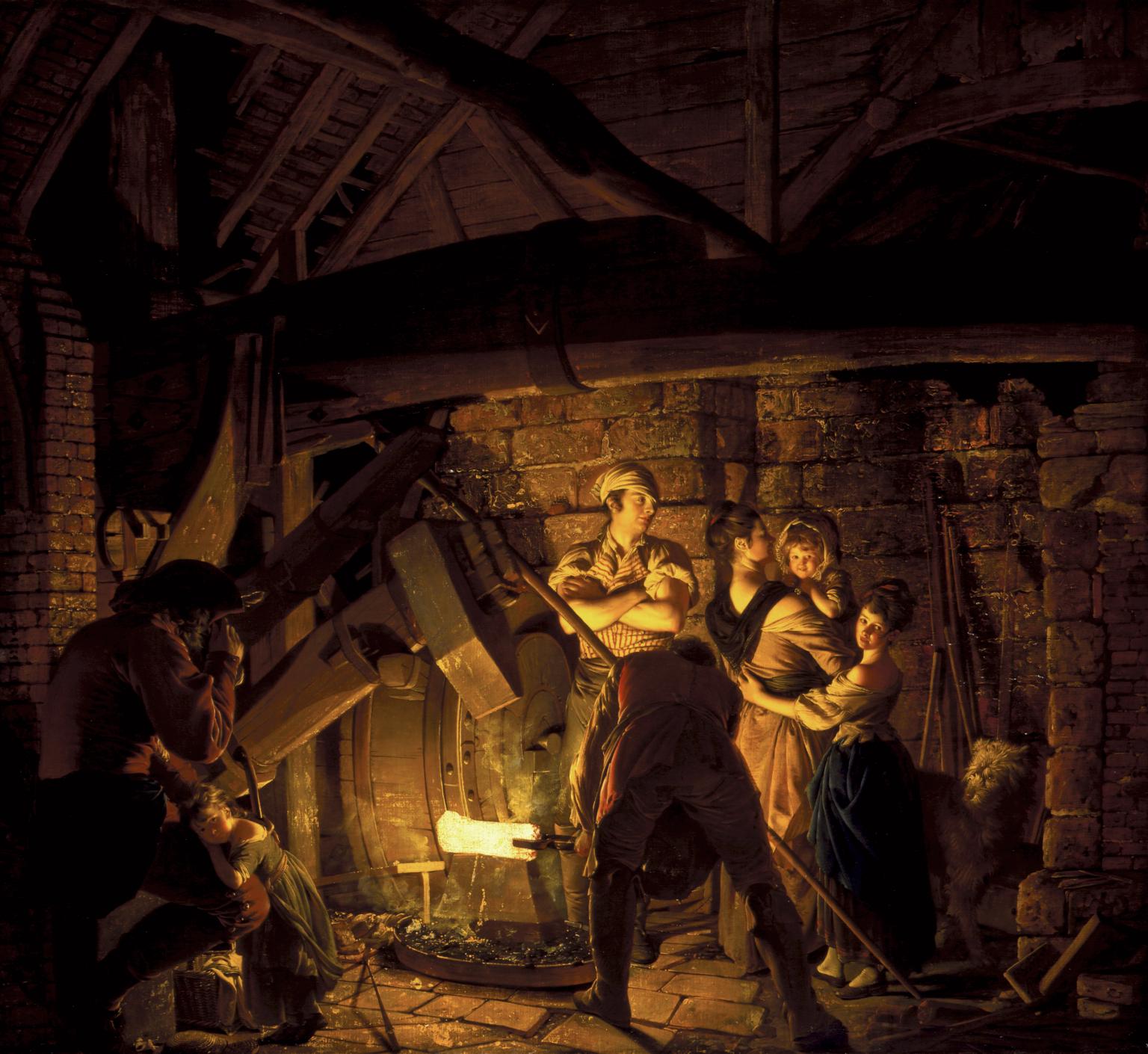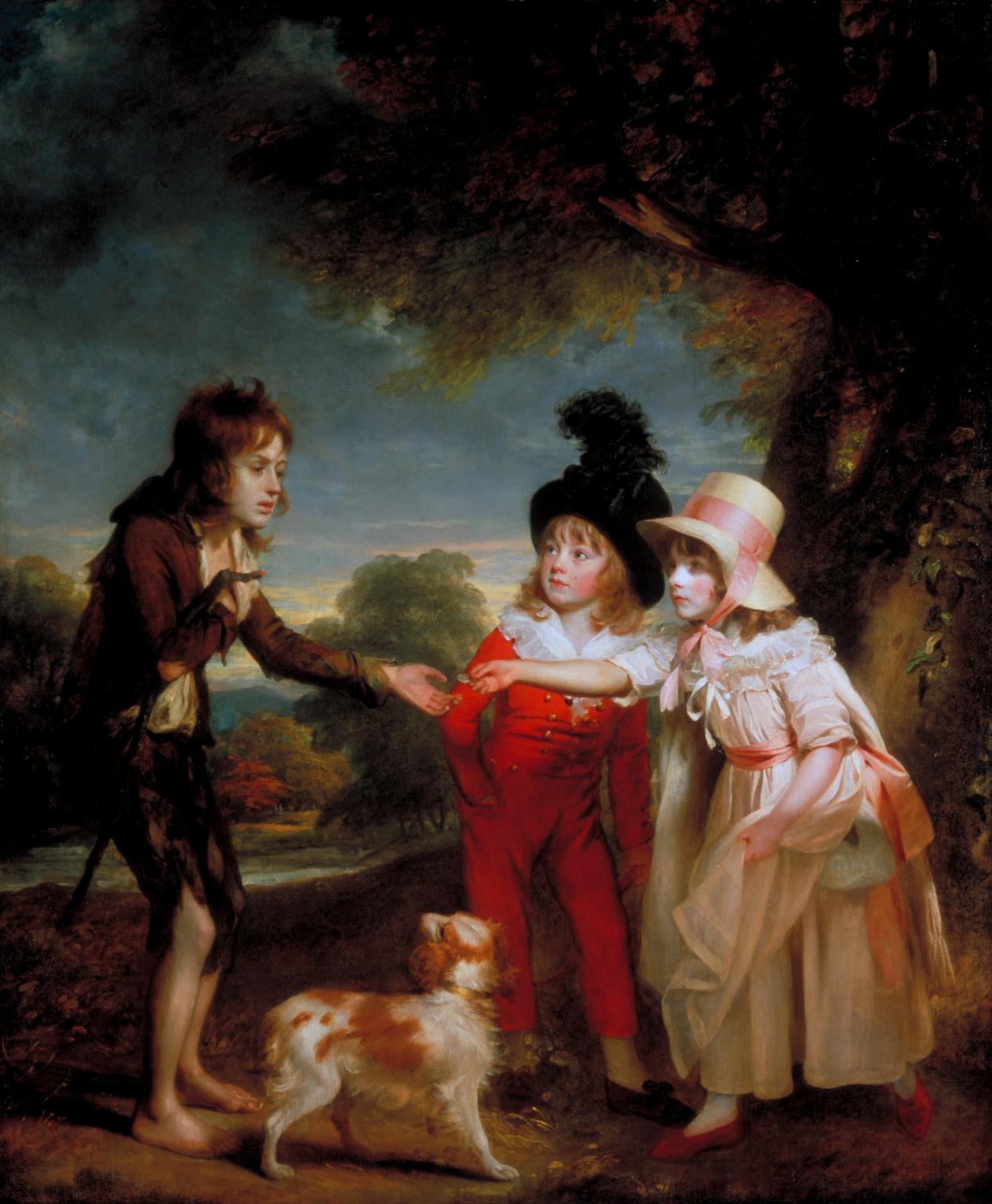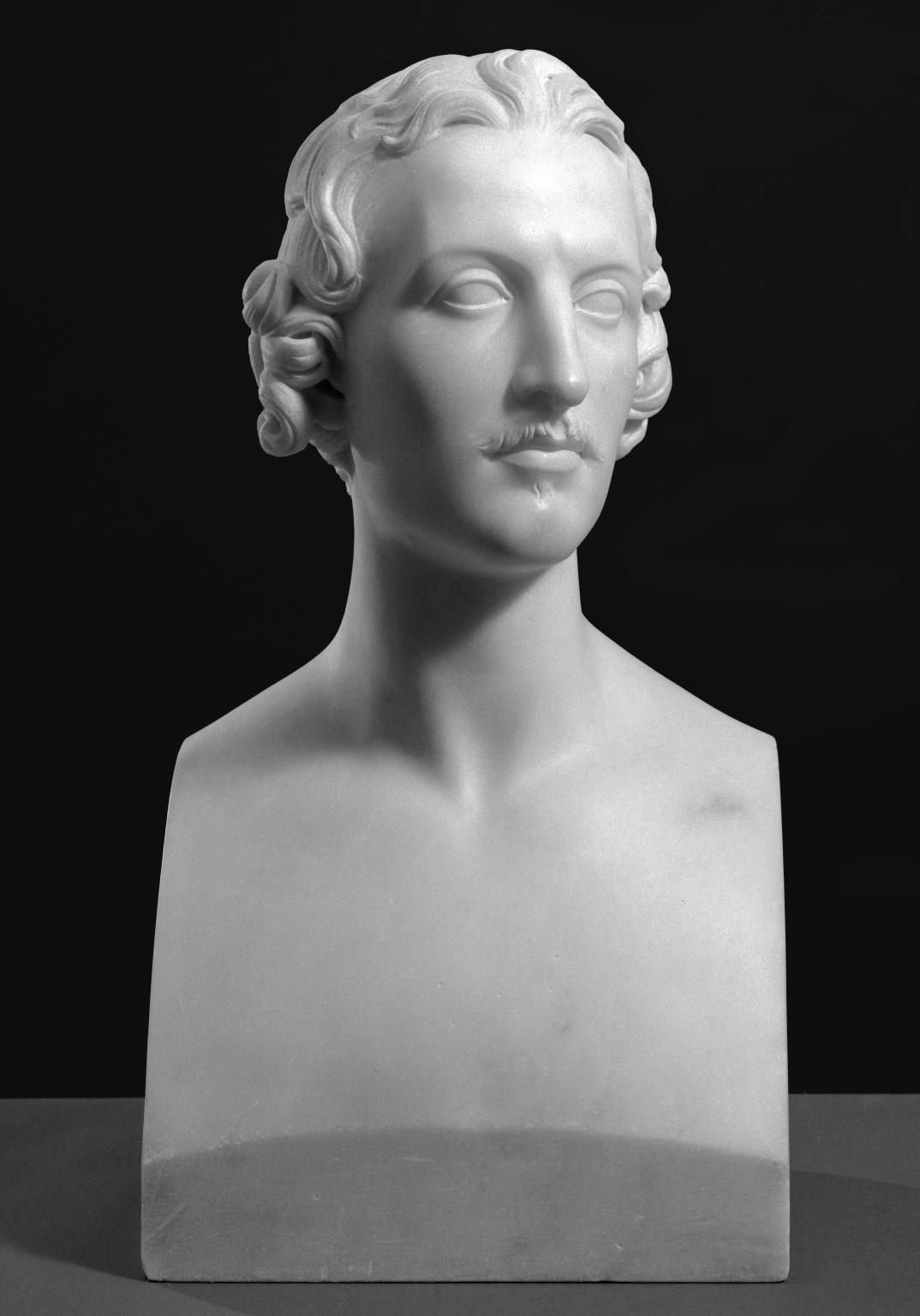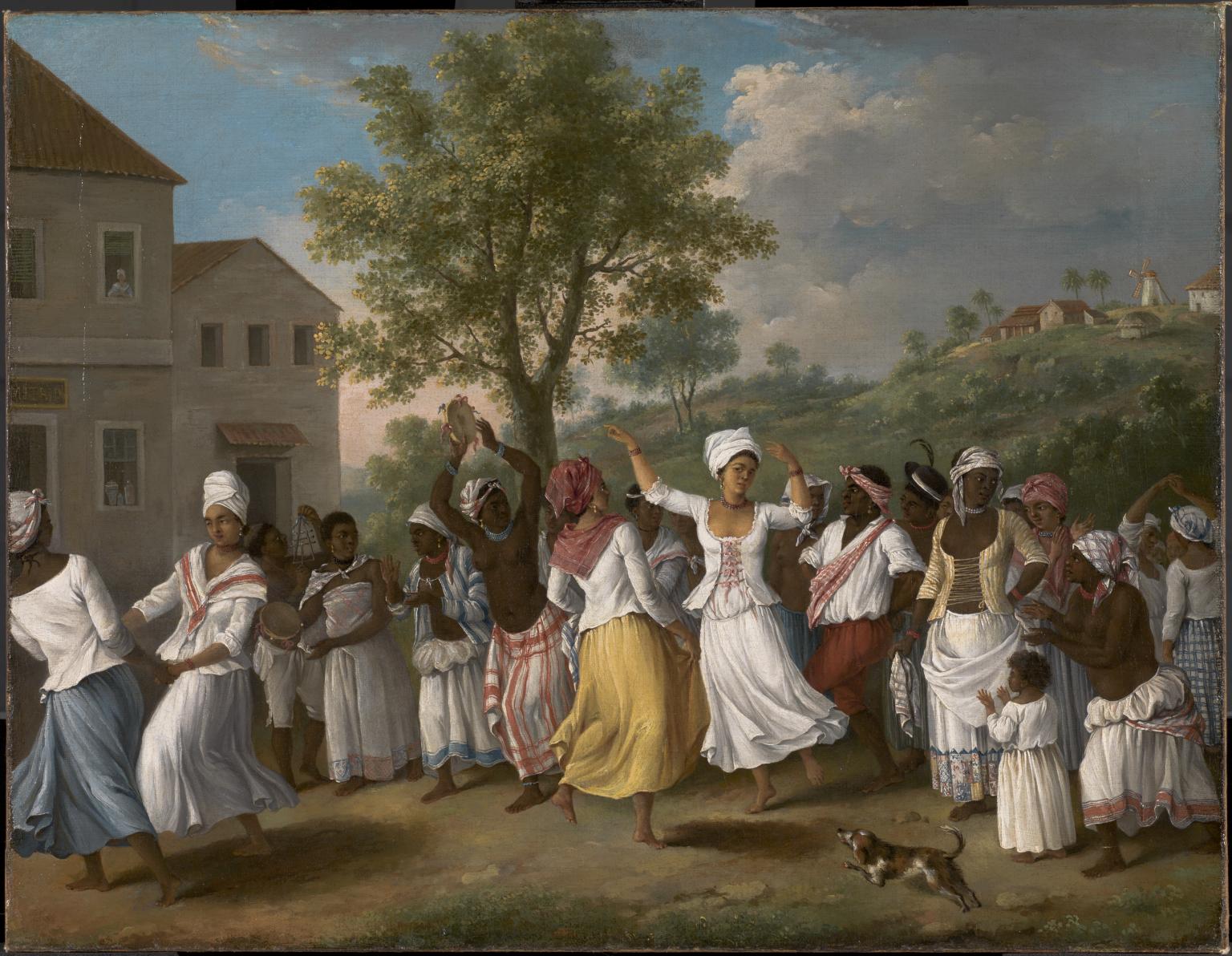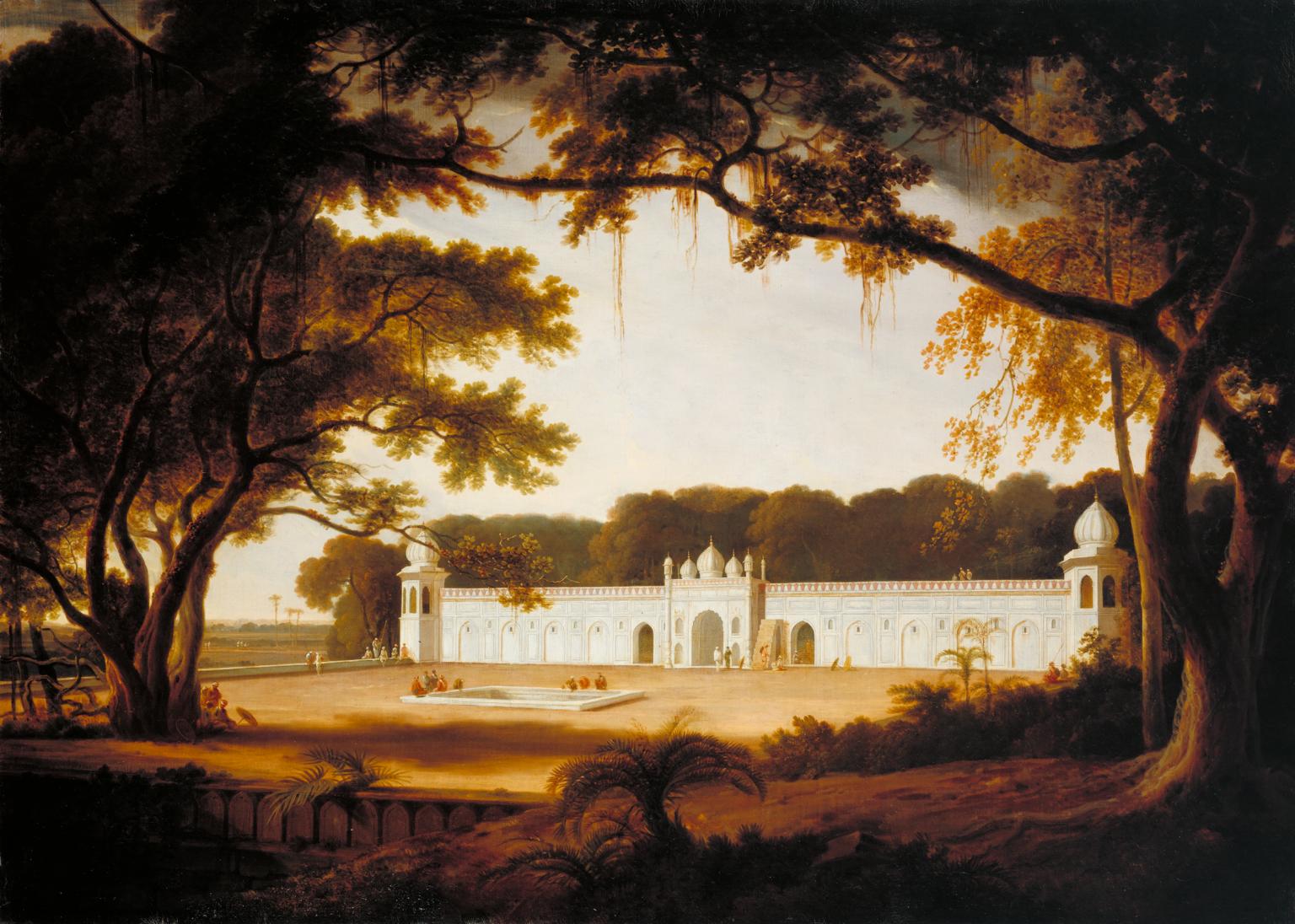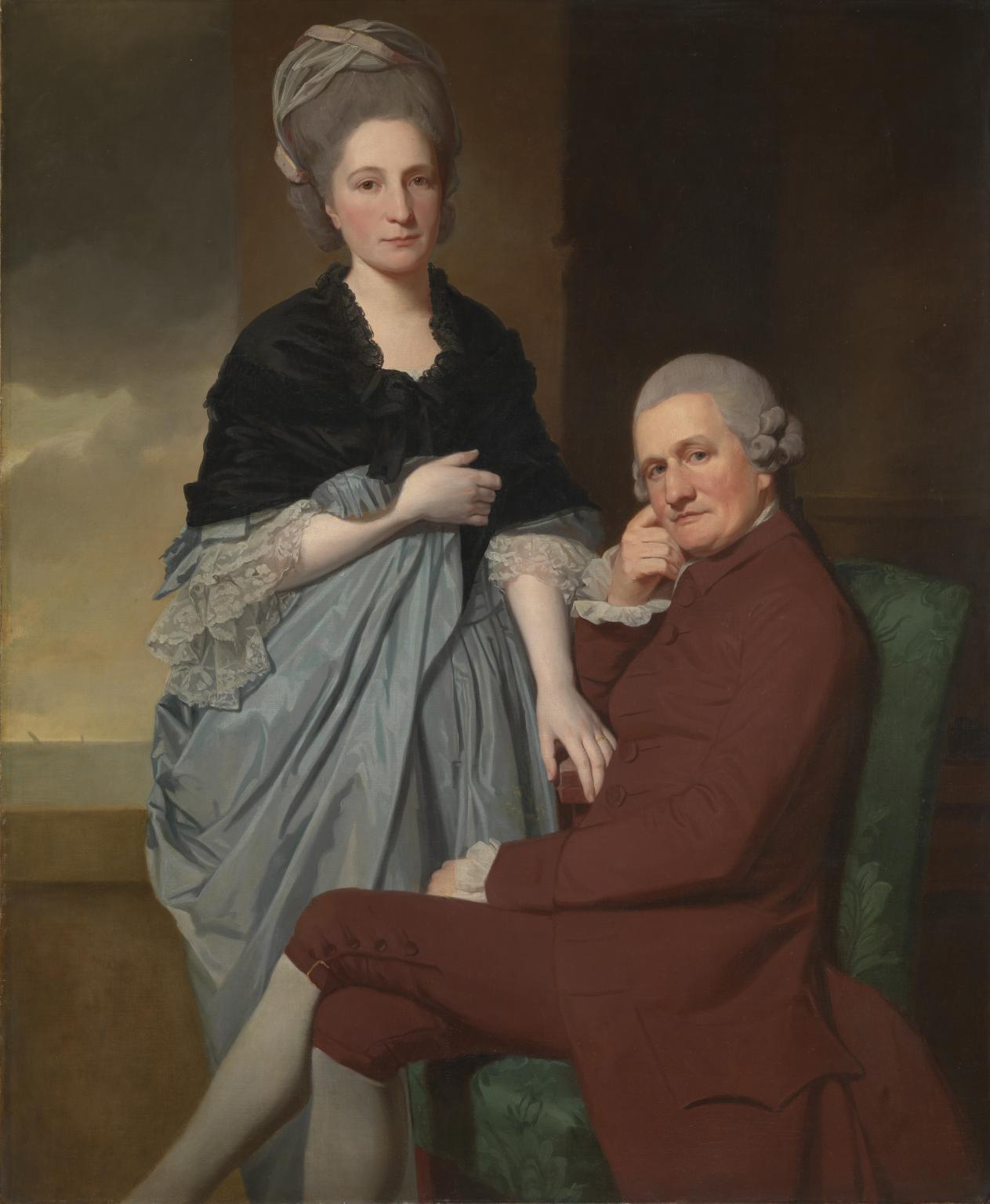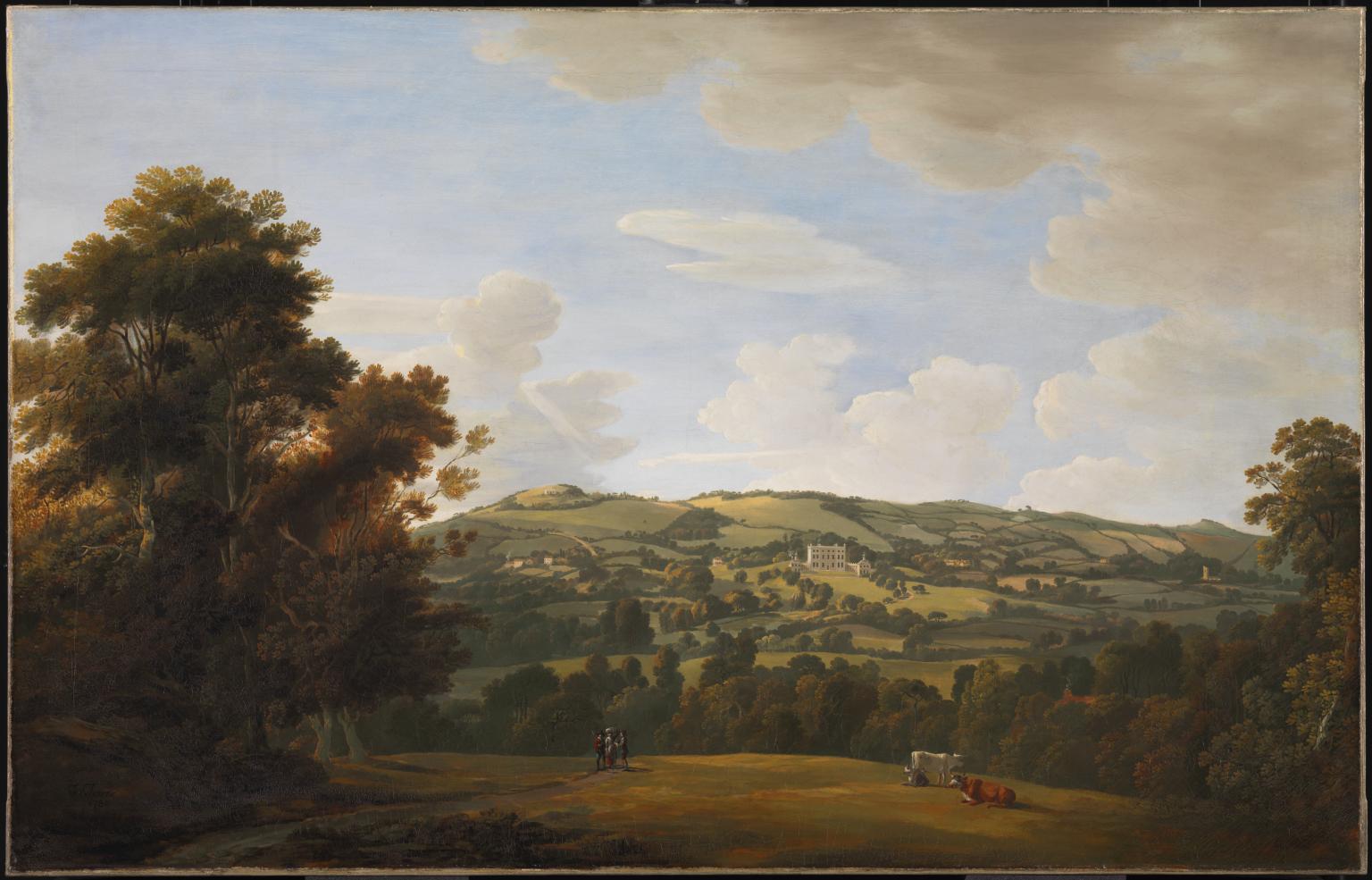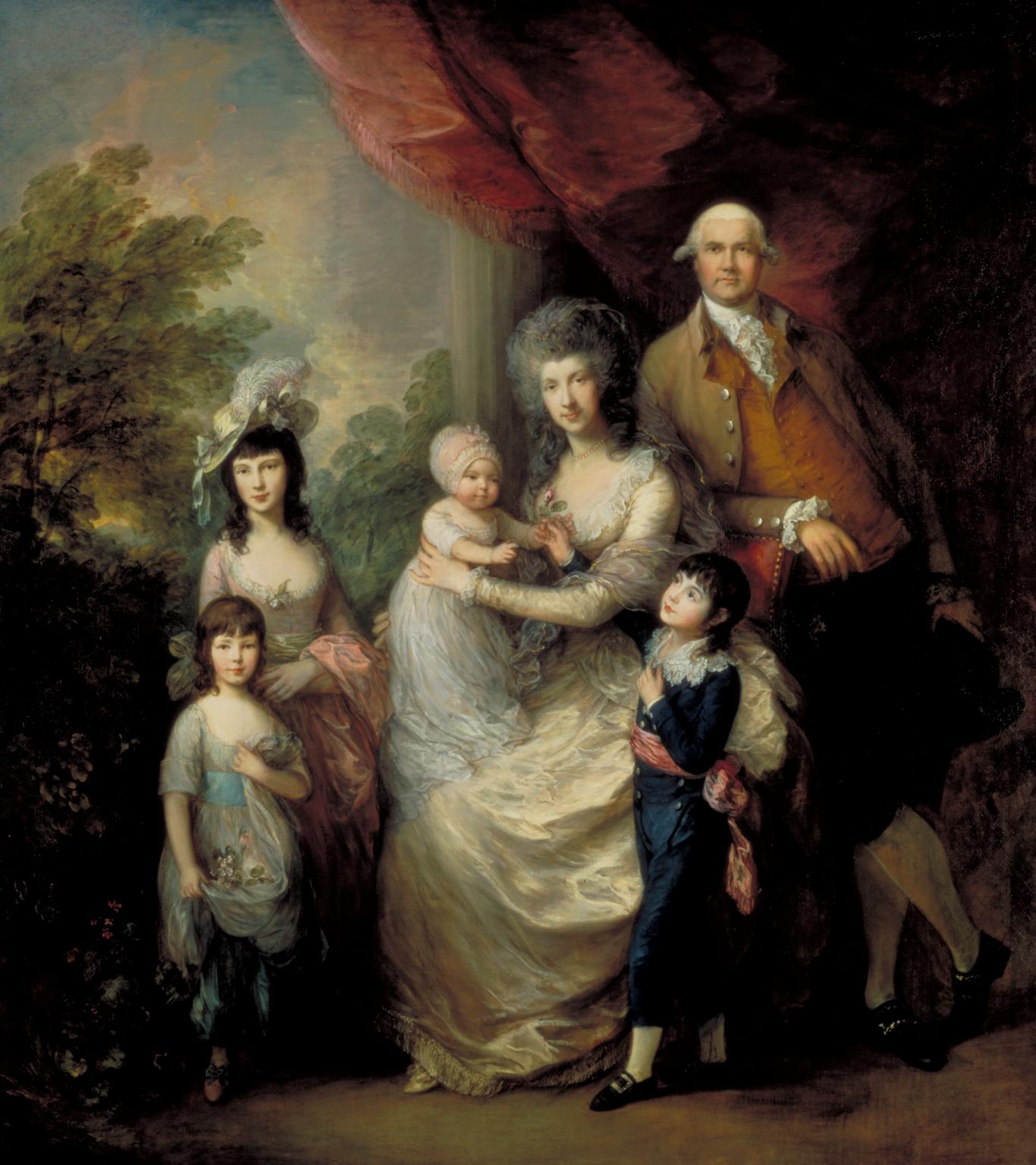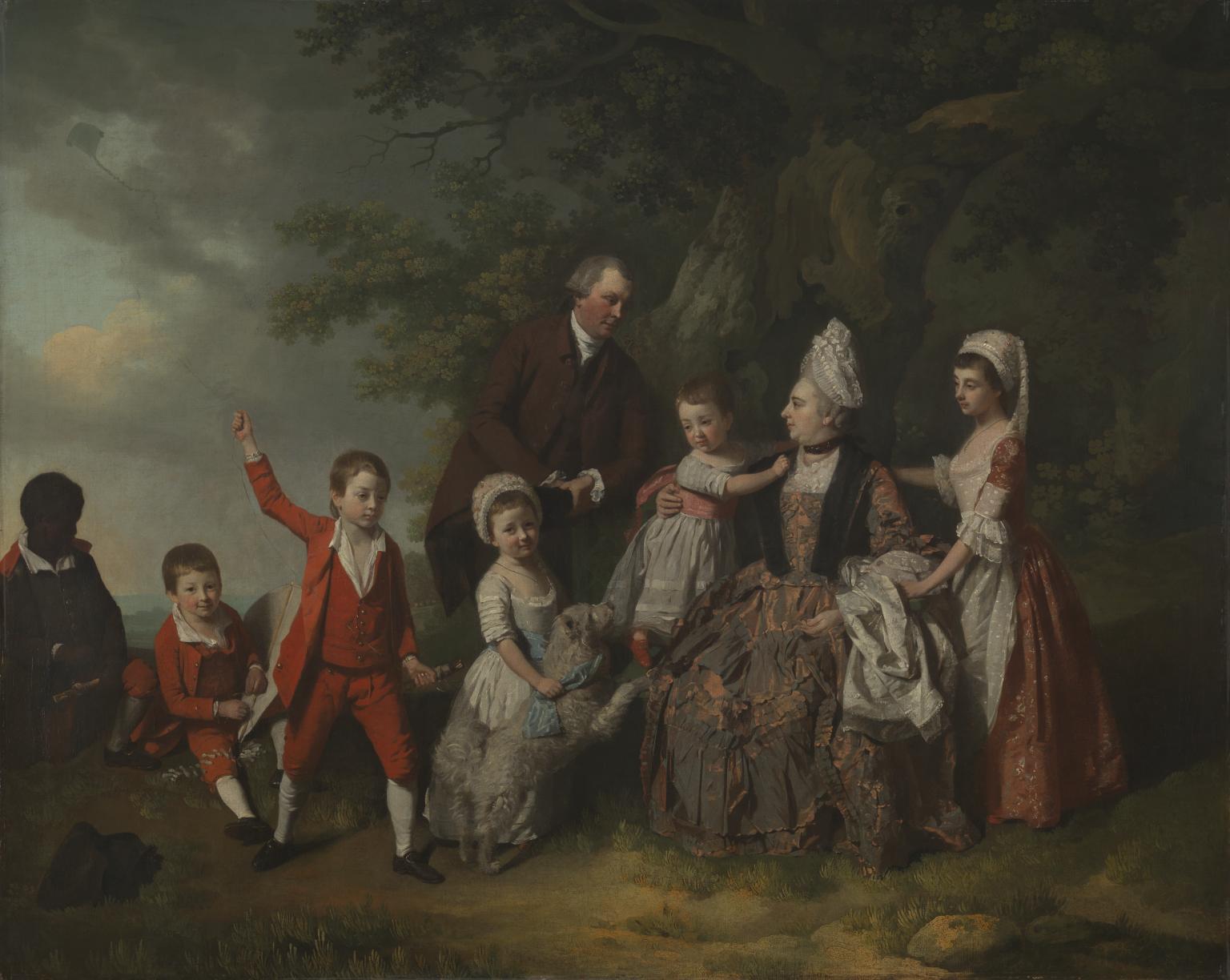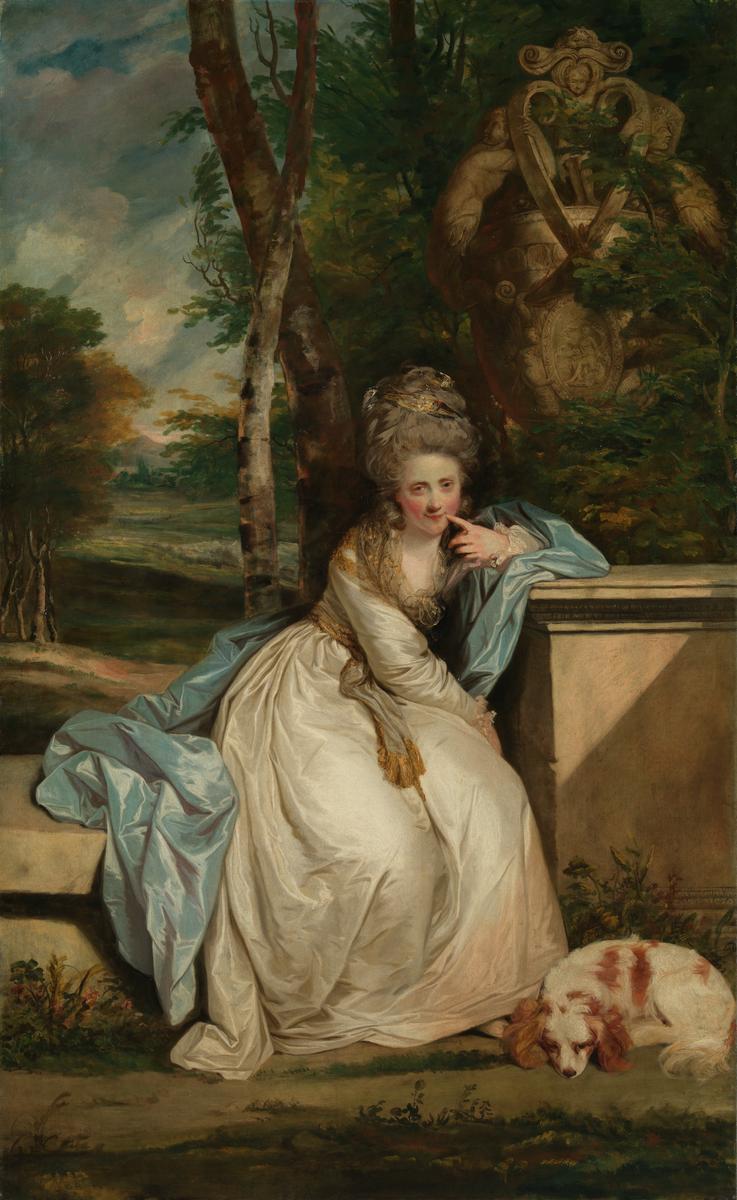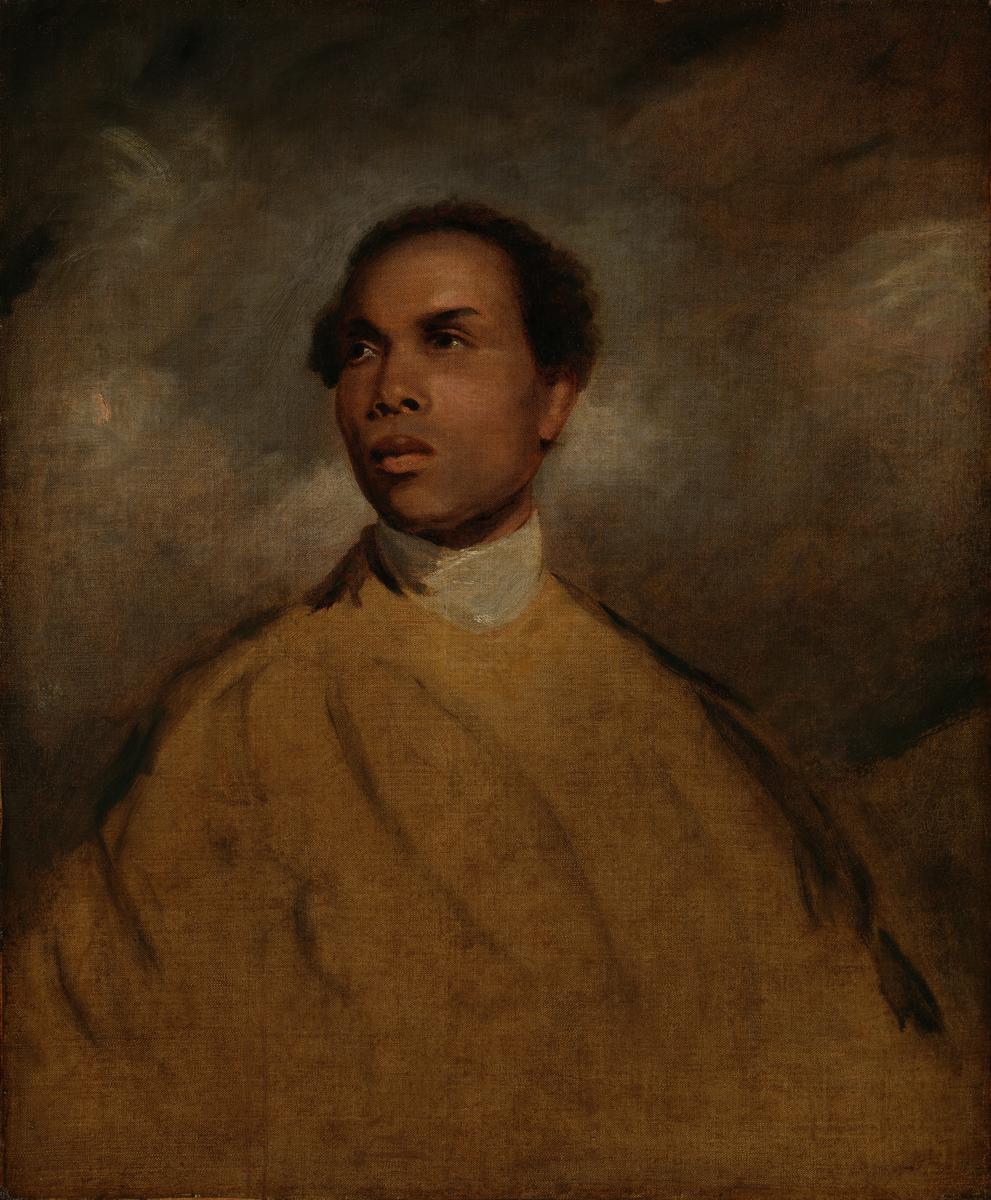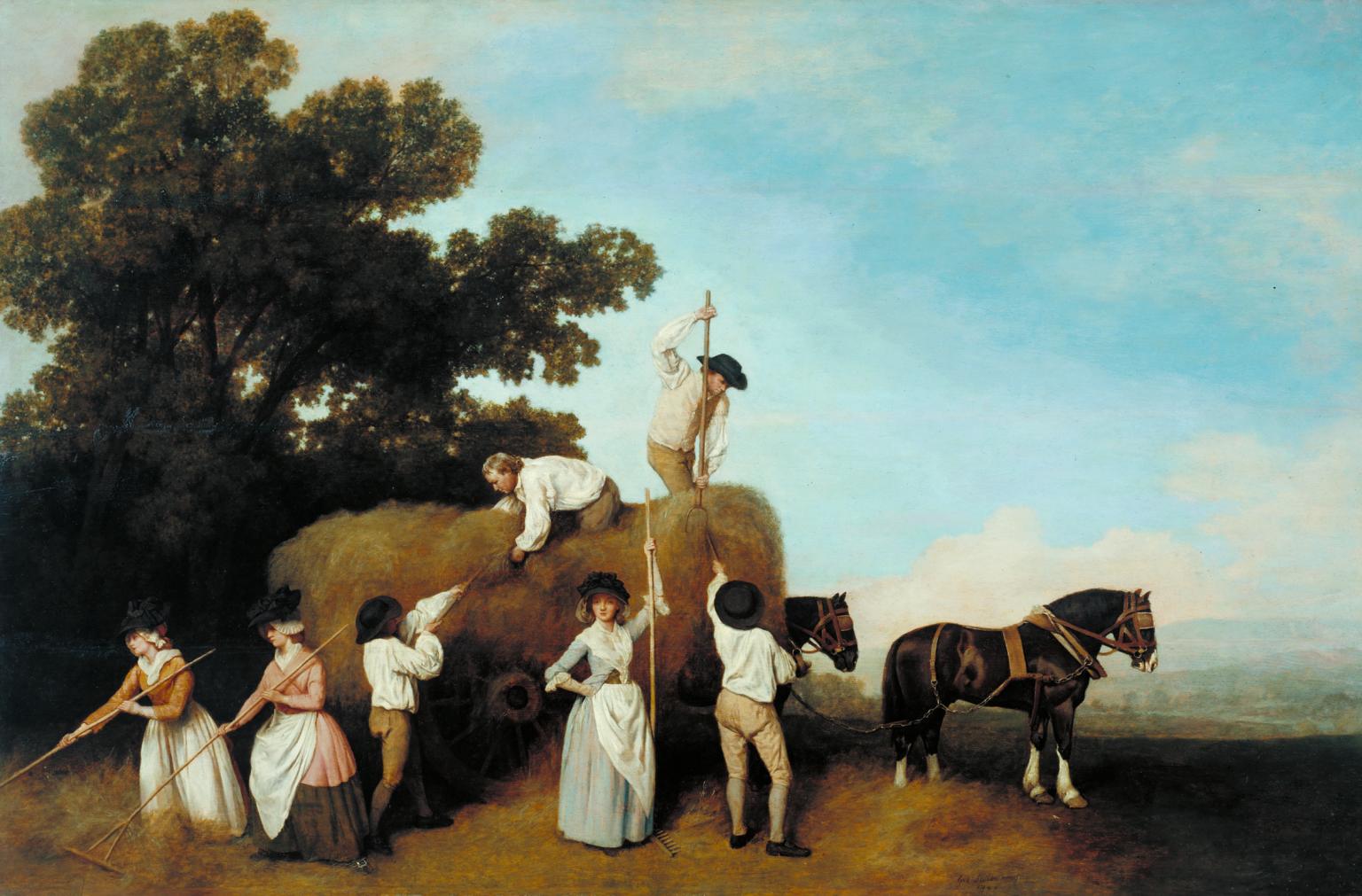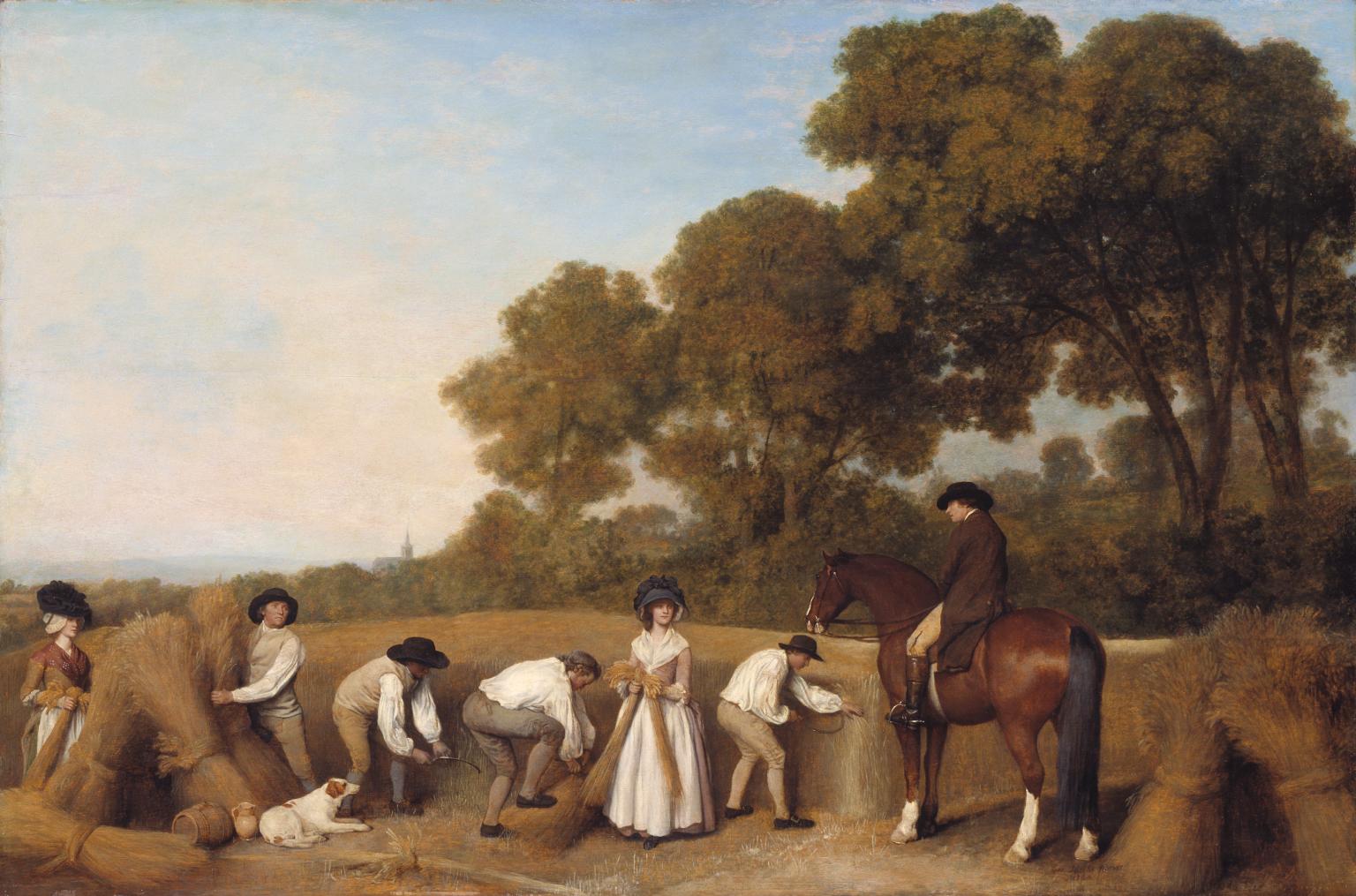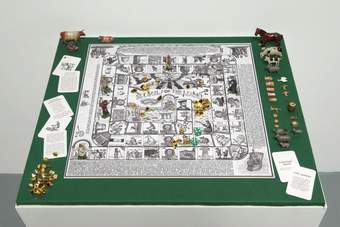17 rooms in Historic and Early Modern British Art
At first glance this room presents a glamorous image of 18th-century society. However, the lives and places pictured give clues to the underlying tensions of the time
The 18th century is often called a ‘Golden Age’ of British painting. Artists like Thomas Gainsborough, Joshua Reynolds and George Stubbs are famous in their lifetimes. They paint flattering portraits, scenes of contented workers, and idyllic landscapes. These pictures seem to show a wider range of society, both in Britain and in some British colonial territories. They promote a sense of harmony, order and elegance. Even the growing variety of styles and techniques seems to evoke an idea of British freedom of expression and political liberty.
However, British society, both here and across an expanding empire, is far from cohesive or peaceful. This is an era of heightened conflict and class division. Britain becomes a dominant world power through the toil of workers in fields and factories, the sacrifices of people in the army and navy, the unpaid labour of enslaved Africans in Caribbean plantations, and the military and commercial exploitation of people across India. Advances in industrial technology boost trade, but the wealth and commodities circulated come at a human cost. Some working people in Britain begin to protest and there is a new sense of class consciousness. Among some of the wealthiest there is growing unease about the morality of their luxurious lifestyles.
These tensions are rarely explicit in the art of this time, but they lie under the surface, in the stories of who commissions paintings, where their money comes from, and the choices artists make about what is or is not pictured.
Art in this room
Sorry, no image available
Sorry, no image available
Sorry, no image available
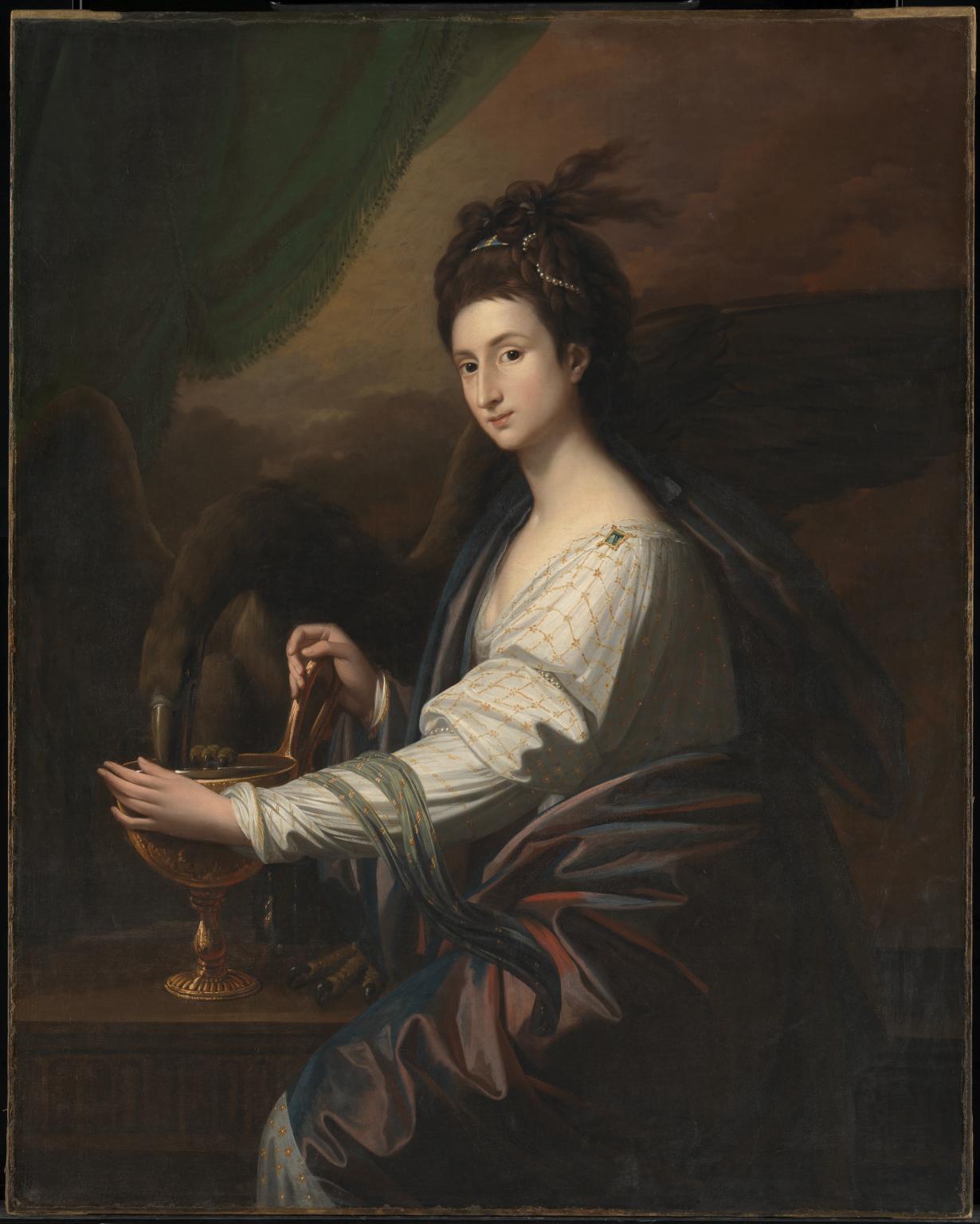

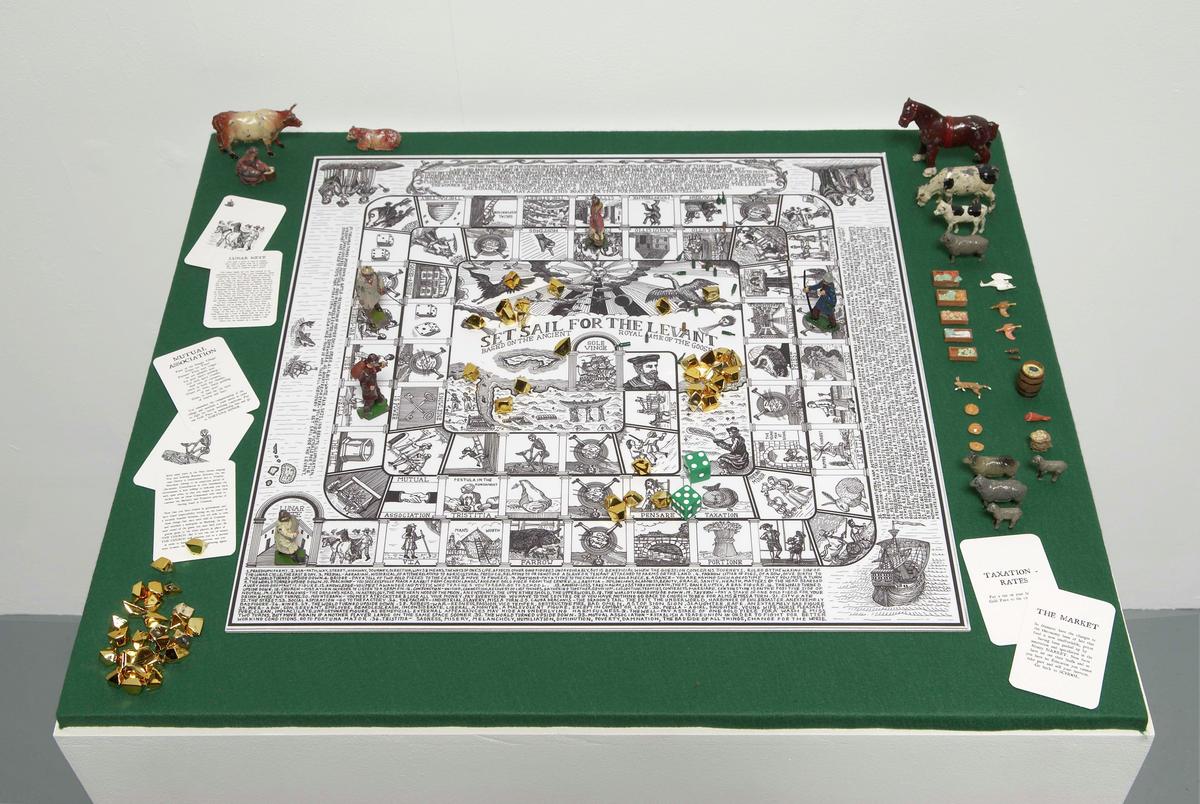
You've viewed 6/27 artworks
You've viewed 27/27 artworks

